When our pets experience injuries, surgeries, or chronic conditions that affect their mobility and overall well-being, veterinary physical rehabilitation can play a vital role in their recovery. Eagle Animal Hospital is here to explore what veterinary physical rehabilitation entails and how it can benefit our furry companions. From the goals of rehabilitation to the modalities used, let’s dive into the world of pet physical rehabilitation. Learn more and reach out to our team to schedule an appointment in or around Kansas City, MO!
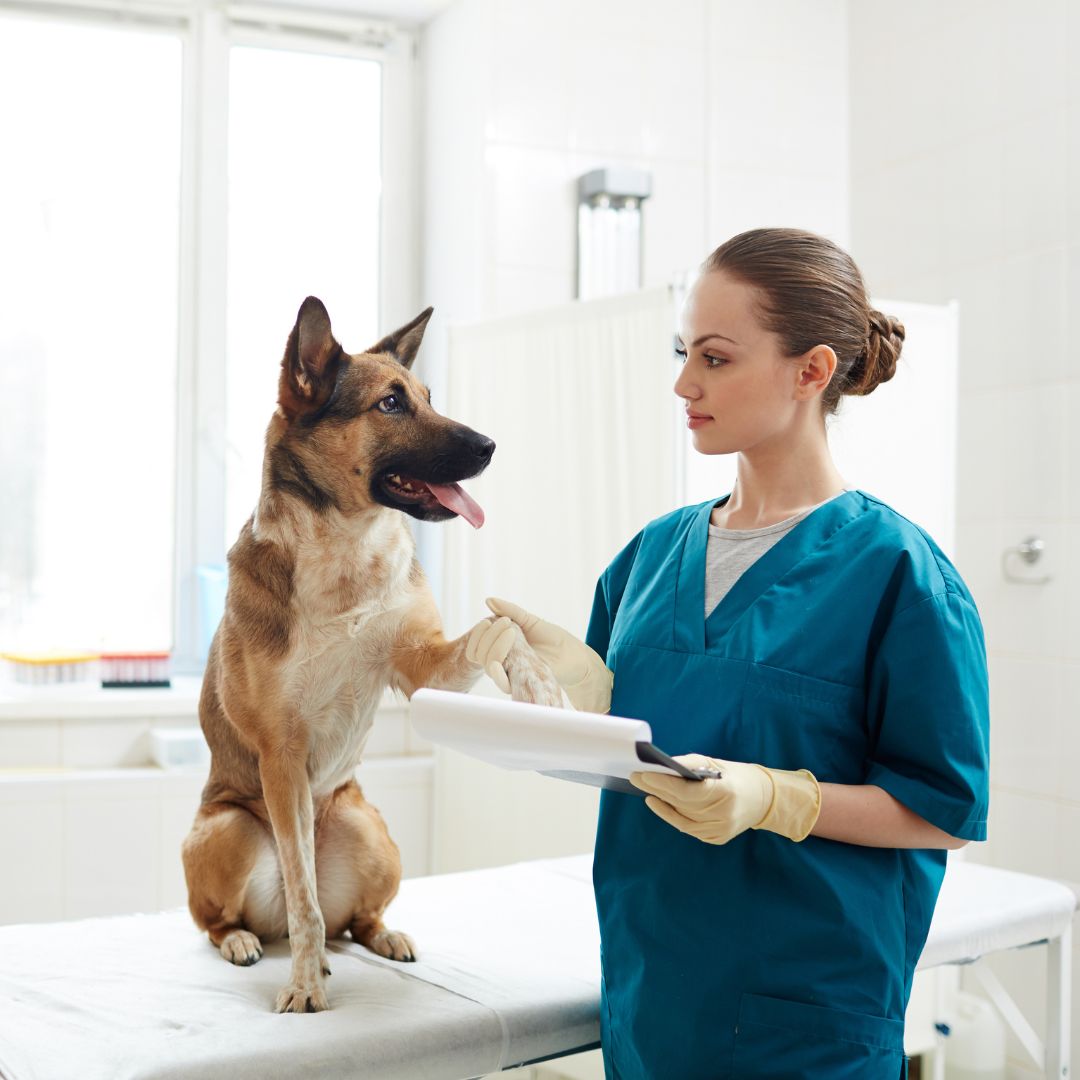
Goals of Veterinary Physical Rehabilitation
The primary goals of veterinary physical rehabilitation are to reduce pain, improve mobility, restore function, and enhance the overall quality of life for pets. Rehabilitation plans are tailored to the individual needs of each animal, focusing on their specific condition, breed, age, and activity level. The ultimate objective is to help pets regain their strength, coordination, and independence.
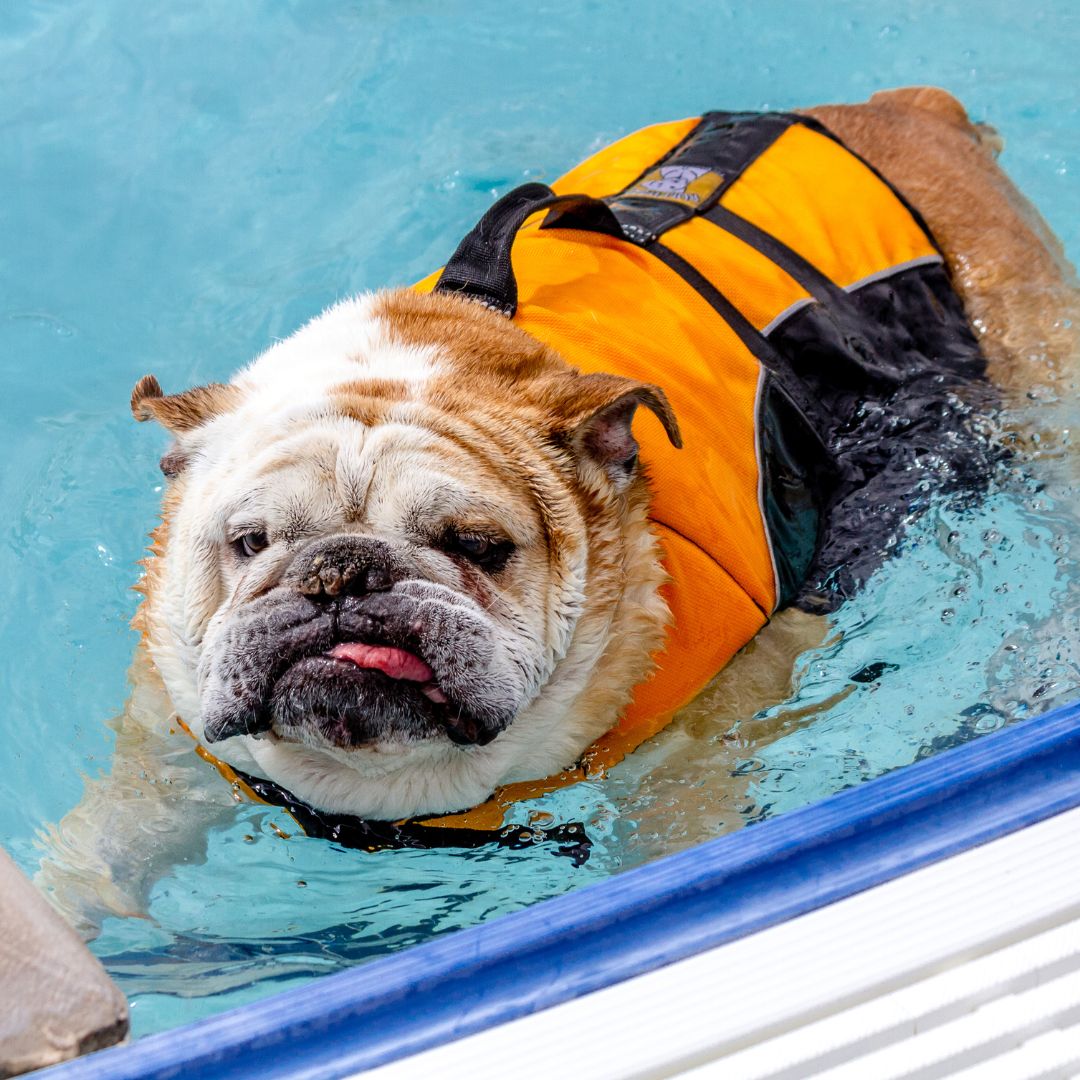
Modalities Used in Veterinary Physical Rehabilitation
Veterinary physical rehabilitation utilizes a variety of modalities to achieve its goals. These may include therapeutic exercises, underwater treadmill therapy, laser therapy, joint mobilization, and electrical stimulation. These modalities aid in building strength, improving range of motion, stimulating tissue healing, reducing inflammation, and relieving pain.
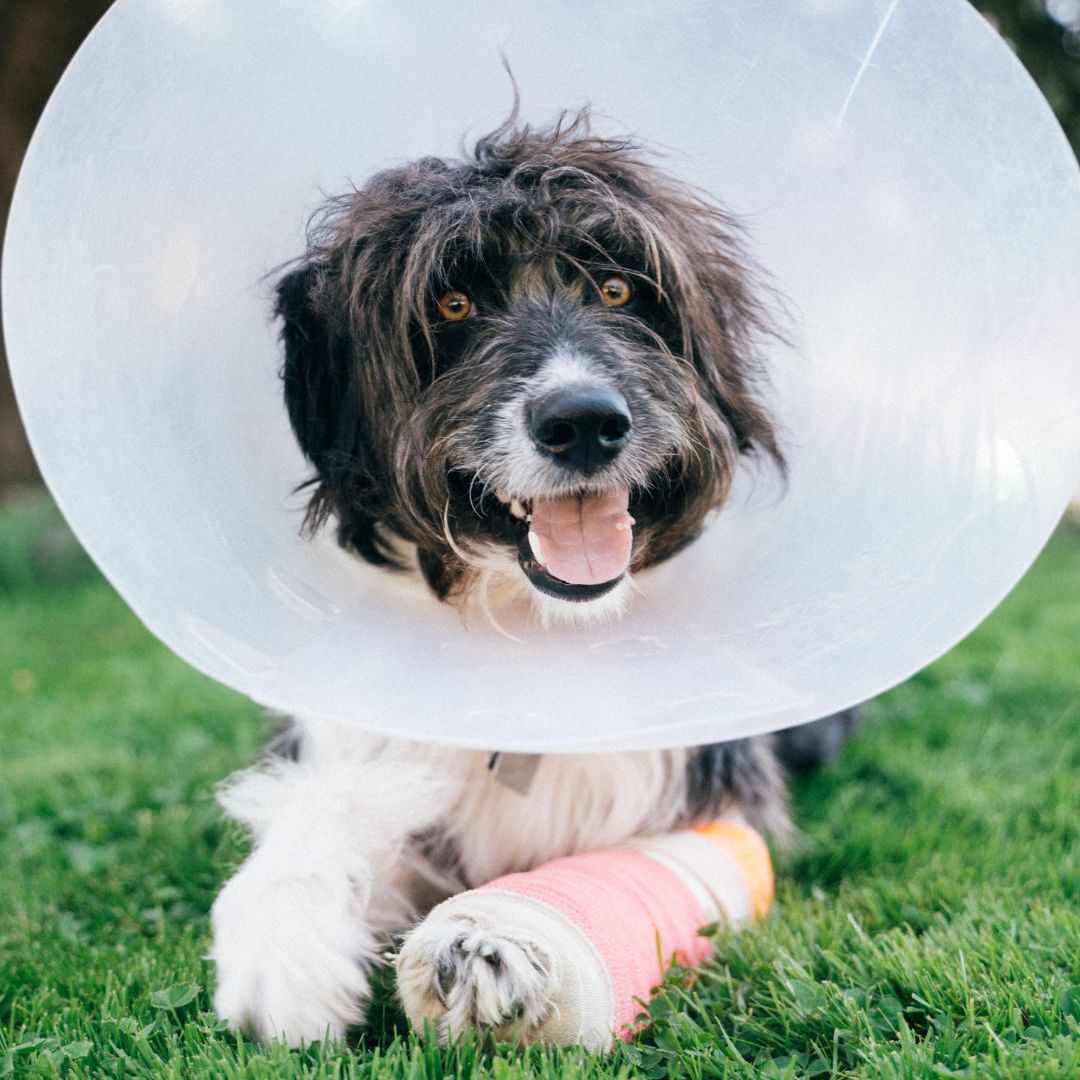
Conditions Treated with Veterinary Physical Rehabilitation
Veterinary physical rehabilitation can benefit a wide range of conditions, such as orthopedic surgeries, neurological disorders, musculoskeletal injuries, arthritis, obesity, and age-related mobility issues. Whether helping a recovering dog regain muscle strength after a cruciate ligament surgery or assisting an older cat with arthritis in improving joint mobility, rehabilitation can significantly enhance their overall well-being.
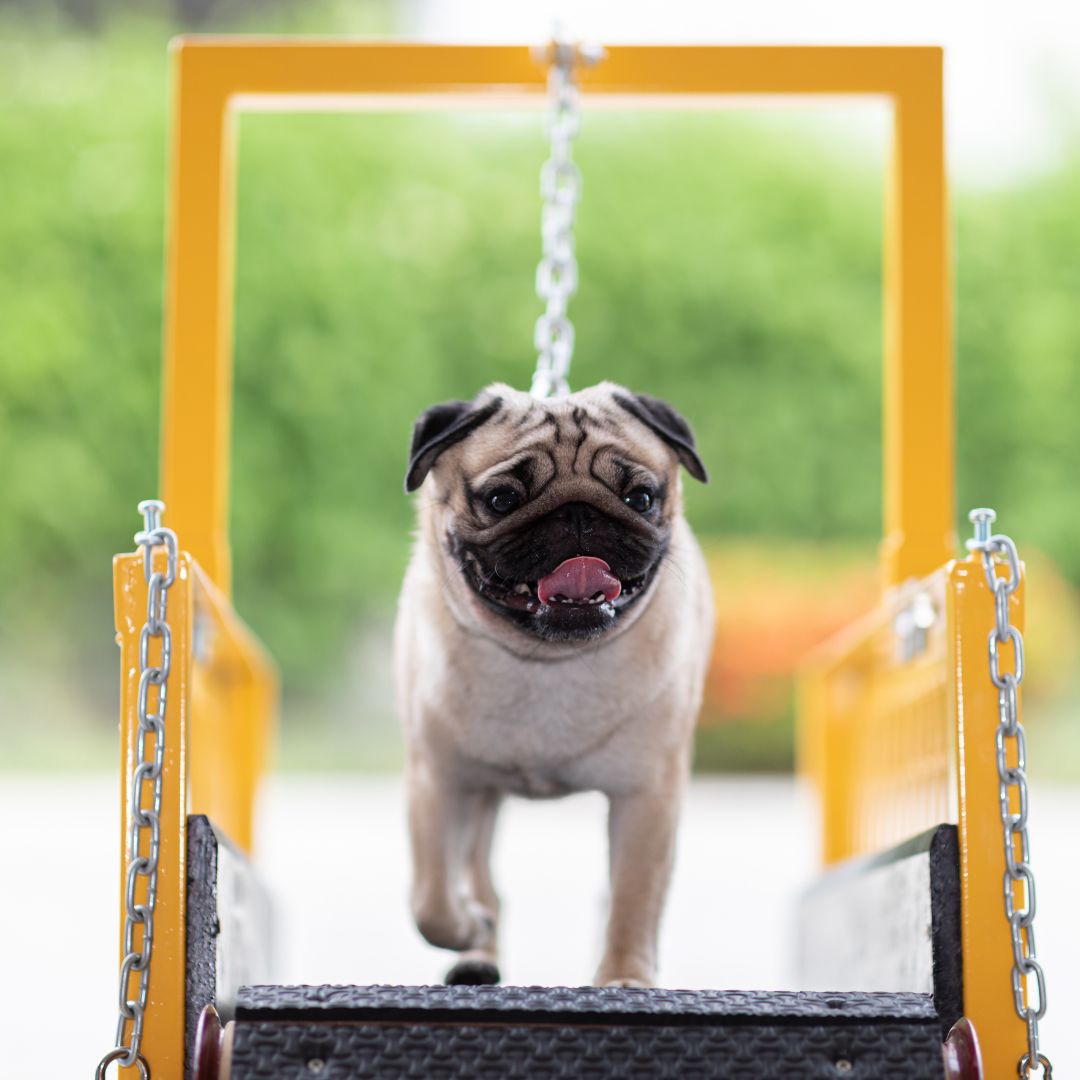
The Role of Exercise and Home Care in Rehabilitation
Regular exercise is a fundamental component of veterinary physical rehabilitation. Pet owners play a crucial role in facilitating their pet’s rehabilitation journey by working closely with veterinarians and rehabilitation therapists. They are educated about at-home exercises, stretches, and other care techniques to continue the progress achieved during rehabilitation sessions. Home care is a vital part of optimizing the benefits of veterinary physical rehabilitation.
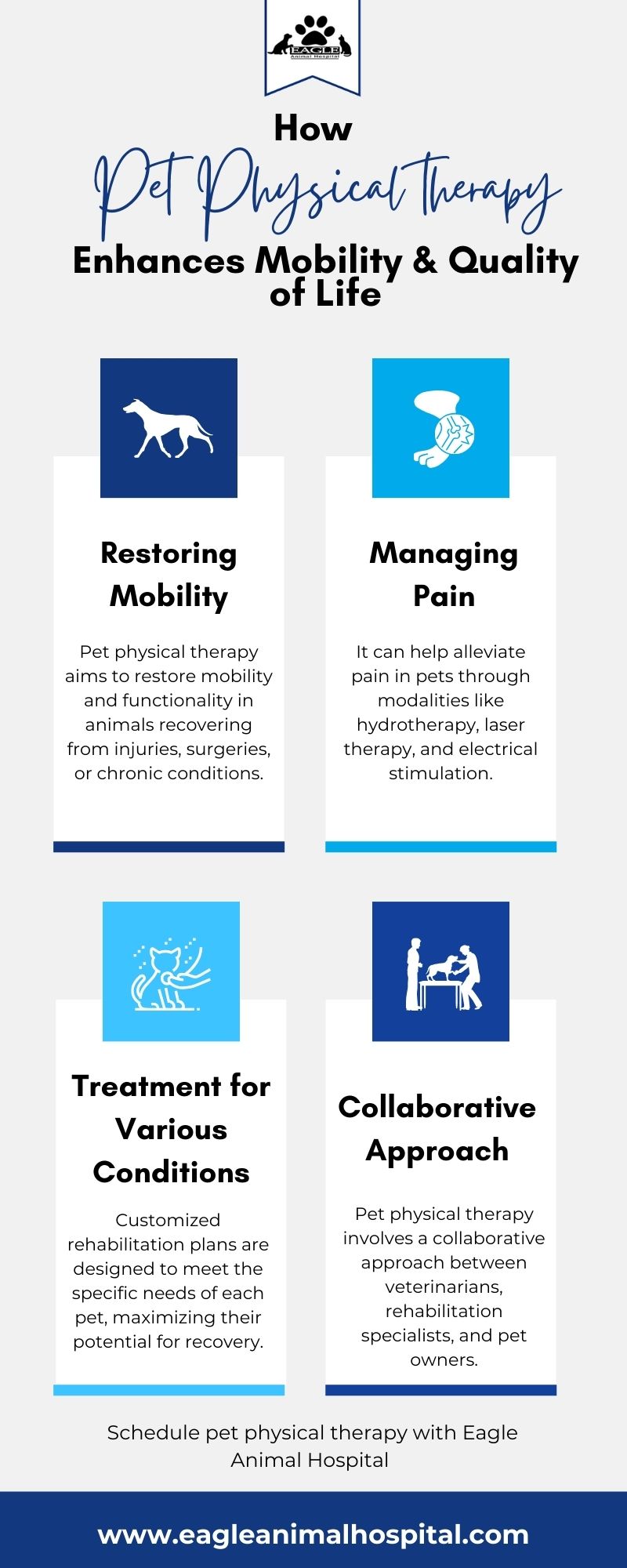
Veterinary physical rehabilitation is a specialized field that focuses on restoring mobility, reducing pain, and enhancing the overall well-being of our pets. By employing various modalities and personalized treatment plans, rehabilitation can make a significant difference in the recovery and quality of life for animals who have experienced injuries or are living with chronic conditions. If your pet is in need of physical rehabilitation, consult with the dedicated professionals at Eagle Animal Hospital to create a tailored plan that addresses your pet’s specific needs. Together, you can help your furry friend regain strength, mobility, and a happy, active lifestyle.
Schedule Pet Rehabilitation